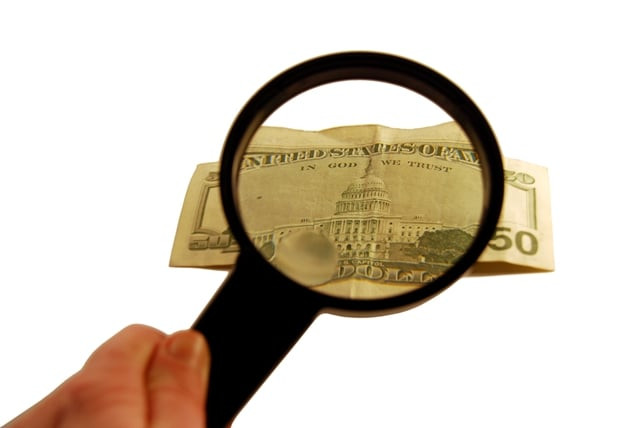Money only holds value because there are goods and services available to buy with that money. It is the goods and services that create a value for that money. Coconut water would be more valuable on a treasure island than kilos of gold. In that circumstance, it’s not the value of coconut water that has increased, but the diminished value of gold that is being reflected. The fewer goods and services available, the lesser the value of money – even if it is a pile of gold.
Pakistan currently produces cotton, rice, fish, fruit, vegetables, pulses and much more. These are the goods that add value to the rupee. The rupee is worth more as these goods produced in Pakistan increases. Instead of selling these goods in Pakistani rupees, which would create a ‘demand’ for the rupee in the international exchange market, the State Bank of Pakistan settles the export payments in US dollars, called the balance of payment (BoP). Any country that imports from Pakistan would have to otherwise buy rupees from the international forex market to pay for Pakistani products. This may not sound too trivial but it takes the ‘value’ from the rupee away and transfers it to the US dollar (think petro-dollar). The rupee becomes like gold on the Treasure Island – not much left to be bought with. A pretty sad thought that the very country that grows the best rice, doesn’t get to feed its own citizen that grow it.
Currently the State Bank of Pakistan uses the dollar and euro to settle its BoP account. One should realise that the value of the dollar and euro is not static. Due to the financial crises and socialisation of financial losses in the banking sector, American and European central banks have been running their printing presses on turbo mode. The more the central banks print or issue electronic credit to the markets, the more these currencies lose their value. By using foreign currency, not only does Pakistan’s economy import American inflation, but it also results in the devaluation of the rupee.
So why the dollar?
This goes back to the Bretton Woods Agreement of 1944 when the dollar was redeemable by gold. The American central bank could not print dollar bills if it didn't have the gold to back up the bills with. Eventually the ‘gold window’ was closed in 1971 which should have marked the end of the Bretton Woods Agreement but it didn't.
Why should a sovereign country use foreign currency when that currency can be devalued at the will of a foreign central bank, as the dollar is no longer backed by gold? The whole idea goes against the concept of sovereignty. To add insult to injury, IMF lends loans in dollars to fill the BoP gap - loans that have to be paid back with interest. The interest has to be earned by Pakistan by exporting more of its goods. This is a double-edged sword; interest sucks the value out of imports and dollar inflation dilutes the value of exports.
The State Bank of Pakistan should demand payments for its exports to be settled in rupees. However, for the general public to see the fruits of its labour, the federal government needs to stop printing rupees and balance its budget. Otherwise, the fruits of labour - that were saved from the international bankers - would be stolen by the federal government of Pakistan via inflation.
It is high-time the ministry of finance takes notice of these issues as Pakistan has already passed its point-of-no-return towards bankruptcy. Let's save whatever there is left to be saved for future generations to come.
How the mighty dollar weakens the rupee
By using the dollar to settle its BoP account, the State Bank imports American inflation into the Pakistani economy.



COMMENTS
Comments are moderated and generally will be posted if they are on-topic and not abusive.
For more information, please see our Comments FAQ